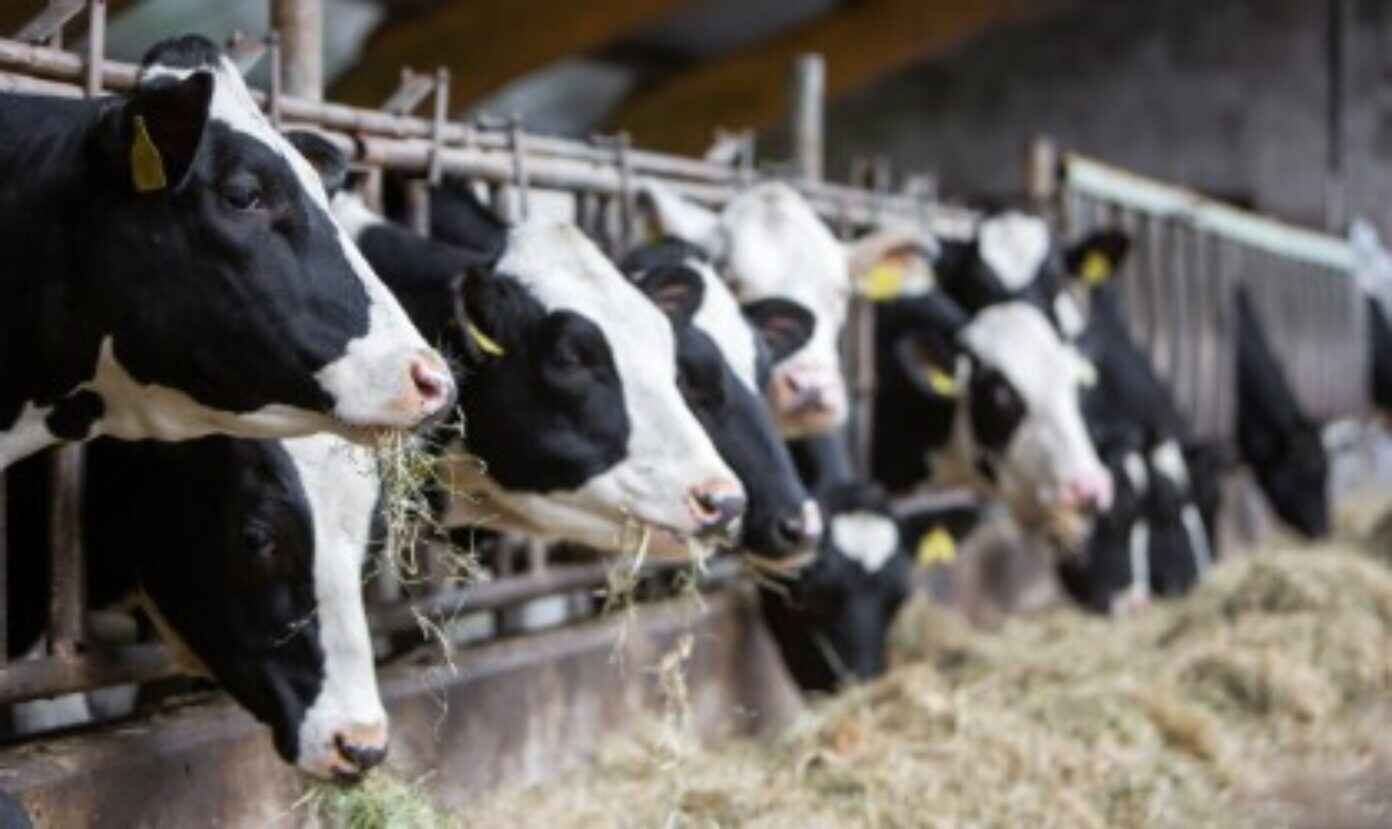Avian Flu Response: Who Does What?
May 14, 2024
Overview
The CDC, in collaboration with federal, state, and local partners, continues to monitor and assess the risk to human health as a result of the outbreak of avian flu in cattle. This Q&A provides answers to basic questions about who is doing what in response to the outbreak and includes a basic overview of the current situation and overall public health risk.

If you want more information about the current bird flu outbreak, do you know where to look? In this Q&A, we answer basic questions about who is doing what in response to the outbreak and provide a basic overview of the current situation and overall public health risk. We use the terms avian flu, bird flu, H5N1, and Highly Pathogenic Avian Influenza (HPAI) interchangeably.
The Centers for Disease Control and Prevention (CDC) has assessed the current risk of avian flu to the general public as low. Still, with one confirmed human H5N1 bird flu infection associated with an ongoing outbreak in dairy cows since late March, individuals working with animals or materials, including raw milk, that may be infected should wear appropriate personal protective equipment (PPE). The CDC, in collaboration with federal, state, and local partners, continues to monitor and assess the risk to human health.
Q: What federal partners are working on the avian flu response?
The U.S. Department of Agriculture (USDA) and Department of Health and Human Services (HHS) recently released a fact sheet identifying key partners working together on the federal response and announcing new actions and funding investments to reduce the impact, and spread of, H5N1. The primary federal partners include the USDA’s Animal and Plant Health Inspection Service (APHIS), the Food and Drug Administration (FDA), and CDC. Other HHS agencies involved include the National Institute of Health (NIH) for scientific support and the Administration for Strategic Preparedness (ASPR) for PPE from the Strategic National Stockpile (SNS).
Q: What is the USDA responsible for?
The USDA is responsible for “protecting the health and value of America’s agricultural and natural resources.” Its animal health and outbreak response authorities are derived from several federal statutes, including some that specifically identify cooperation with state departments of agriculture and other state agencies responsible for administering and enforcing similar state laws and regulations.
Since its first communication with the public about the first detections of HPAI in dairy herds, the USDA has been working hand in hand with the CDC, FDA, and state veterinary and public health officials “to investigate and diagnose the illness in dairy cows causing decreased lactation, low appetite, and other clinical signs.” Through the APHIS, USDA is conducting testing of animals and birds as well as viral genome sequencing. It has also issued a federal order requiring testing of lactating dairy cattle prior to interstate movement and mandatory reporting of positive influenza A test results in livestock and maintains a list of other guidance and updates here.
Most recently, the USDA offered a suite of “assistance for producers with H5N1 affected premises to improve on-site biosecurity in order to reduce the spread” and “financial tools for lost milk production in herds affected by H5N1.” Of particular note, financial incentivizes are being offered for participation in a USDA/CDC workplace and farmworker study—whether led by federal, state, or local public health professionals—for producers who provide PPE to employees or provide uniform laundering and to compensate producers for their time.
Q. What is the FDA responsible for?
The FDA is working to ensure the safety of the commercial milk supply. As of May 10, all tests of retail samples have been negative for viable virus, and the agency continues a number of activities, including a pasteurization study and dedicating $8 million in funding to “validate pasteurization criteria, conduct surveillance at different points in the milk production system, bolster laboratory capacity and provide needed resources to train staff on biosecurity procedures.” The funds will also “support HPAI H5N1 activitiesin partnership with state co-regulatory partners, who administer state programs as part of the federal/state milk safety system. It may also allow the FDA to partner with universities on critical research questions.”
Q: What is the CDC doing?
The CDC “has primary responsibility for public health, by encouraging producer and industry cooperation with public health officials to get vital information necessary to assess the level of [H5N1 bird flu] risk to human health.” The agency provides an overview of all its activities here, including monitoring of exposed workers as well as its surveillance, contact tracing, and other efforts in partnership with many others, including state and local health departments, to monitor and reduce the spread where human H5N1 infection is confirmed. Other efforts include issuance of guidance and recommendations as well as ongoing laboratory activities related to genetic sequencing and virus characterization, diagnostics, vaccines, and antivirals. The CDC also conducts outreach and education with several different audiences. Its general FAQs, which identify various state-level agencies that may be involved in response efforts, are one example of its important education function.
Have questions we didn’t answer? Stay tuned as we watch this space, and the response continues to evolve. Please also feel free to reach out to awinnike@networkforphl.org with your question or for more information.
This post was written by Darlene Huang Briggs, Deputy Director, Special Projects and Allison Winnike, Director, Western Region, Network for Public Health Law.
The Network for Public Health Law provides information and technical assistance on issues related to public health. The legal information and assistance provided in this document do not constitute legal advice or legal representation. For legal advice, readers should consult a lawyer I sin their state.
Support for the Network is provided by the Robert Wood Johnson Foundation (RWJF). The views expressed in this post do not represent the views of (and should not be attributed to) RWJF.
